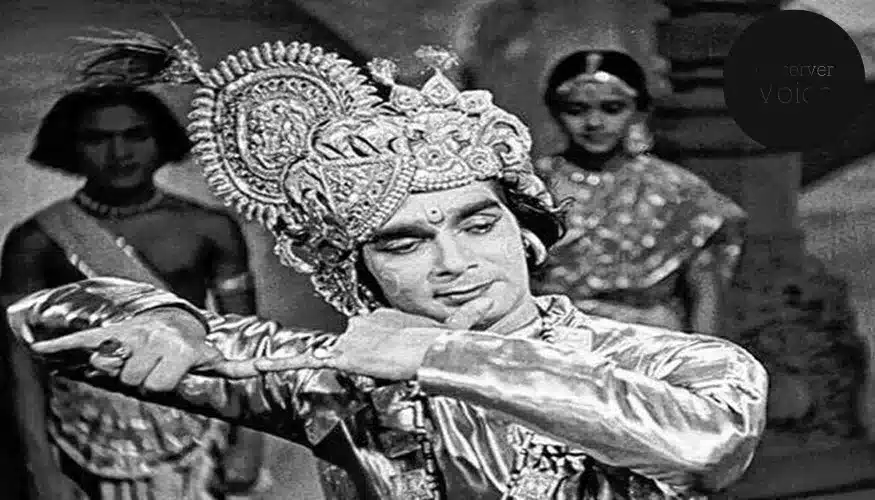Uday Shankar: Revolutionizing Indian Dance for the Modern Era

Uday Shankar (8 December 1900 – 26 September 1977) was an Indian dancer, choreographer, and ballet producer. He is also known as the ‘Father of Modern Dance’ in India. Uday Shankar introduced Europe and America to Indian dance and culture and effectively placed Indian dance on the world map. He composed new dances named Tandava Nritya, Shiva-Parvati, Lanka Dahan, Rhythm of Life, Shram and Yantra, Ramlila, and Lord Buddha.
Life and Career
Uday Shankar was born on 8 December 1900, in Udaipur, British India. His father, Shyam Shankar Chowdhury, was a renowned barrister. His father moved around a lot for work, so Uday and his mother and brothers spent a lot of time at his maternal uncle’s house in Nasratpur. His studies took place in Nasratpur, Gazipur, Varanasi, and Jhalawar. He was taught music and photography by Ambika Charan Mukhopaddhay at the Gazipur school.
When he was 18, he moved to Mumbai to study at the J. J. School of Art and then Gandharva Mahavidyalaya. His father quit his job and moved to London. He married an English woman and had a law practice before becoming an amateur impresario and introducing Indian music and dance to the UK. In 1920, Uday moved to London to study painting under Sir William Rothenstein at the Royal College of Art.
In London, he participated in a few charity shows that his father organized, and one of them featured the noted Russian ballerina Anna Pavlova. His career was forever changed by this. He choreographed the duet Radha-Krishna and Hindu Wedding for the ballerina Anna Pavlova. He came back to India in 1929 to form his own dance troupe. During the 1930s and 1960s, he traveled the western world and learned western theatre tricks. Both in India and the West, his art became hugely popular because he knitted two different techniques so beautifully.
He opened a dance school in Almora, Uttar Pradesh, in 1938. He also invited top dancers to teach at the school. The experts included Kandappa Pillai for Bharatanatyam, Shankaran Namboodiri for Kathakali, Amobi Singh for Manipuri, and Ustad Allauddin Khan for music. Eventually, it became known as Uday Shankar Indian Culture Center. The Uday Shankar Indian Culture Center was shut down during World War II and reopened in Calcutta twenty years later. He explored classical and folk dance and created dance dramas that included social commentary with his brother, the sitarist Ravi Shankar. Rabindranath Tagore was one of Shankar’s supporters, even though his work was criticized by traditional Indian dancers. He died on 26 September 1977, in Kolkata, West Bengal, India.
Awards and Legacy
In 1971, he was awarded the Padma Vibhushan, by the government of India. He was awarded the Sangeet Natak Akademi Fellowship for lifetime achievement by India’s National Academy of Music, Dance, and Drama in 1962.
Read More: 7 December: Remembering Pramukh Swami Maharaj on his Birth Anniversary
Observer Voice is the one stop site for National, International news, Sports, Editor’s Choice, Art/culture contents, Quotes and much more. We also cover historical contents. Historical contents includes World History, Indian History, and what happened today. The website also covers Entertainment across the India and World.

